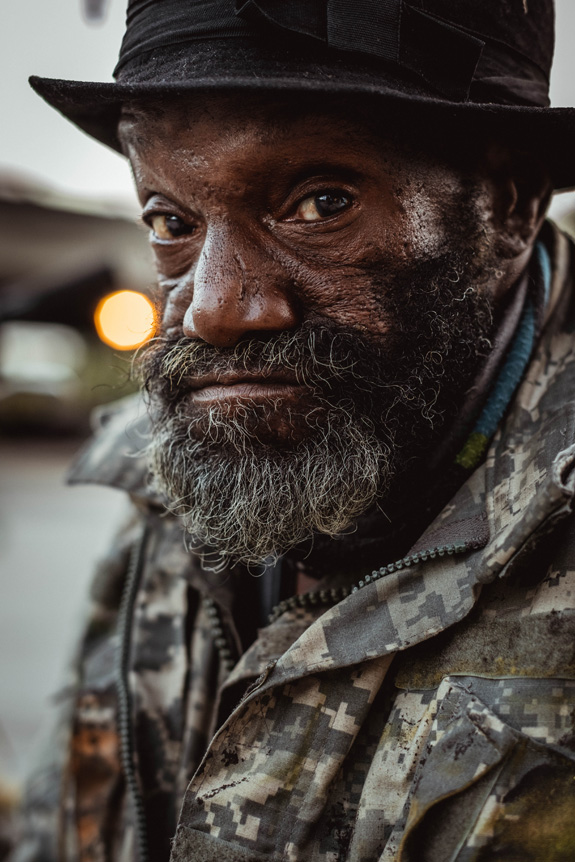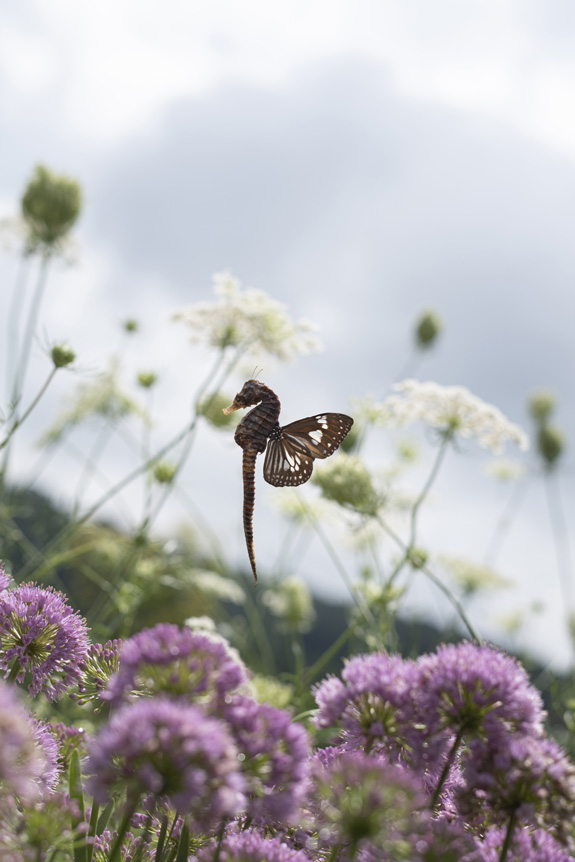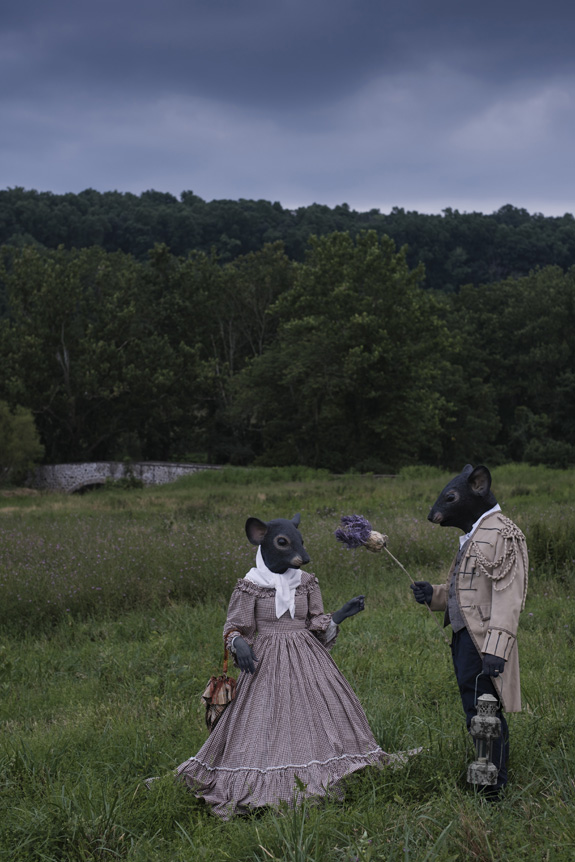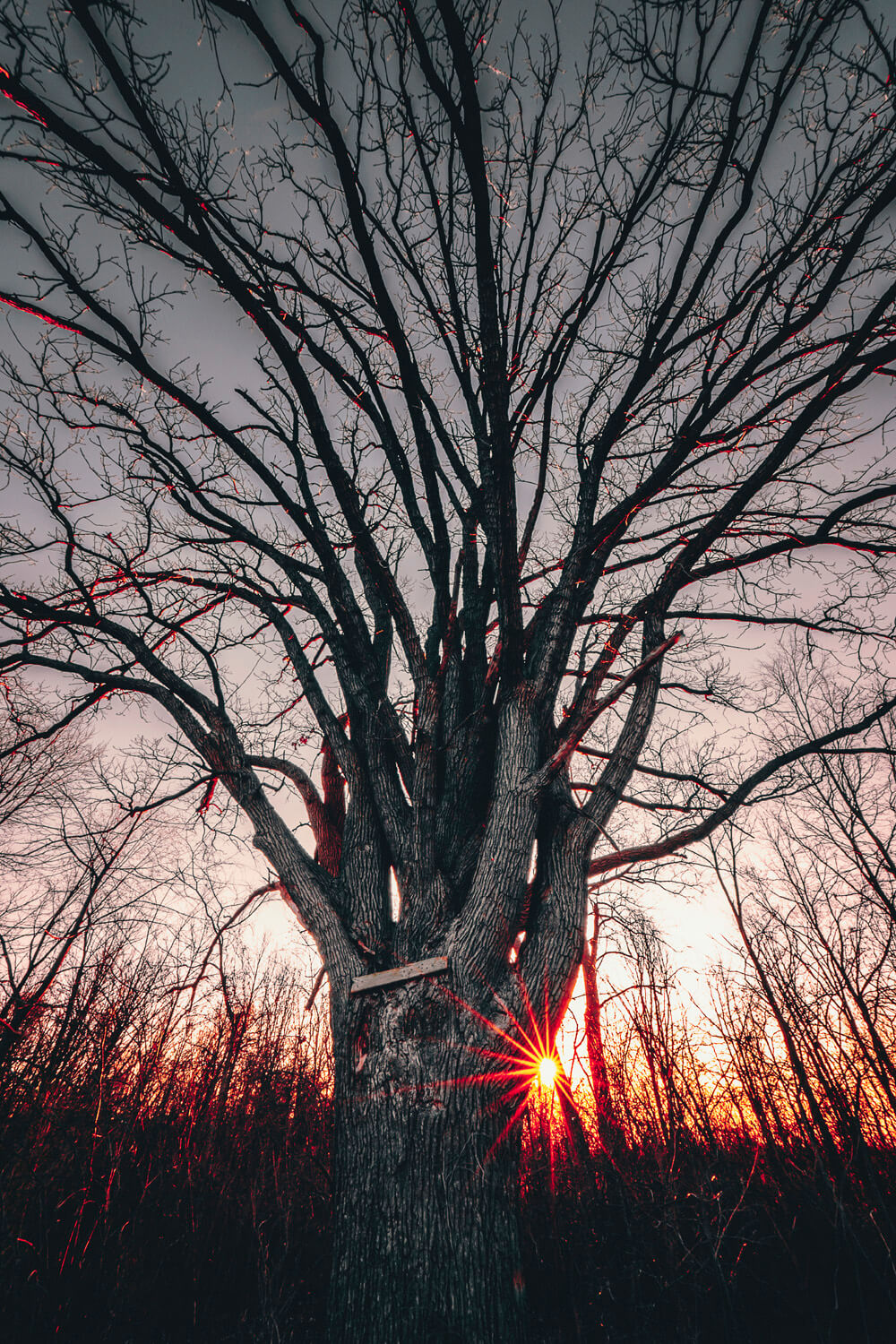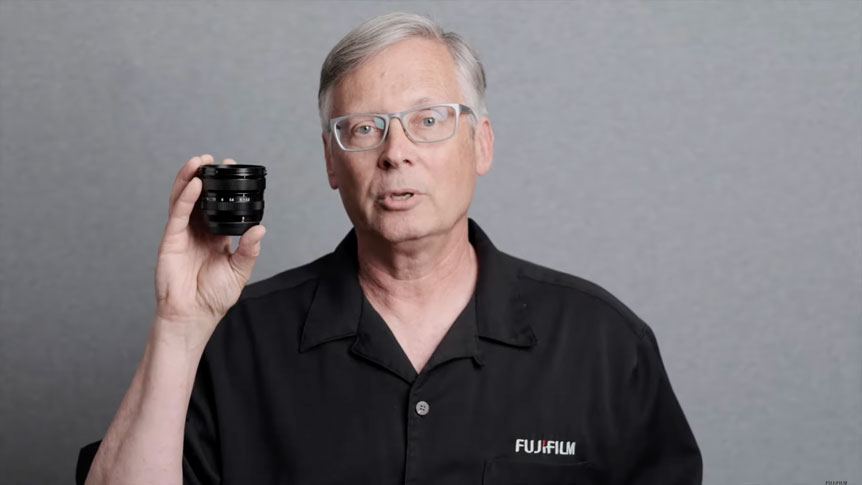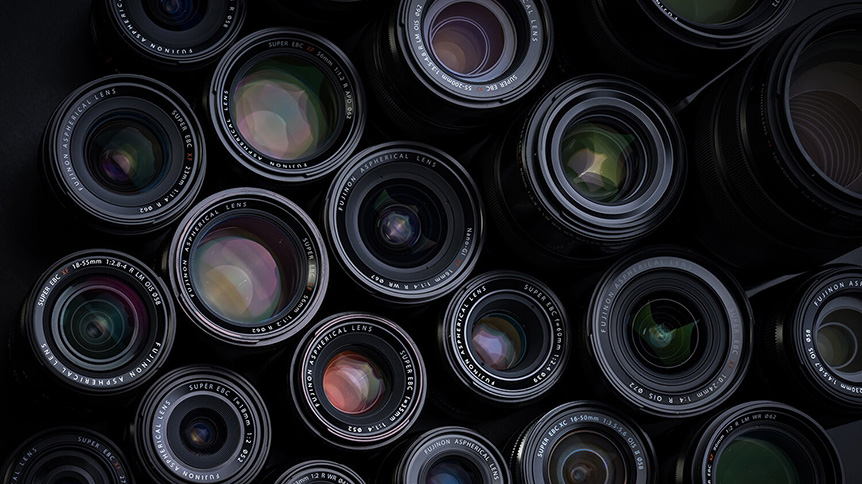
 6 minute read
6 minute read
How a Lens Can Affect Your Message
We asked a selection of our FUJIFILM Creators what they look for in a lens and why
There is no doubt that a lens plays an enormous role in dictating the look and feel of an image, but it also has a great effect on the story that you are trying to tell.
For example, wider focal lengths frame unique angles of view and give images more depth, whereas longer focal lengths compress perspective and create more impact. However, in addition to this visual difference, they can also completely change the narrative, either by including the surrounding environment to add context, or honing in on a particular detail.
Another example is a lens’s aperture. Not only will selecting a larger aperture create beautiful, smooth background blur to give your images a dreamy feel, but it will also help you isolate a subject from its background and give you more control over where the viewer’s eye will fall.
The most important thing to remember when choosing a lens is that there is no right or wrong option, only the most appropriate choice for the particular story that you are trying to tell. That’s why the FUJIFILM X Series and GFX system offer more than 40 different optics between them, ensuring there is something for everyone.
Still scratching your head? Don’t worry, to give you a little insight, we asked a selection of FUJIFILM Creators to tell us what they look for in a lens and why. Here’s what they had to say…
Mio Monasch – Landscape
“Lenses often play more of a significant role in creating an image than the camera itself. Obviously beyond just being able to adequately fit one’s subject in the frame, the lens is really what allows the photographer to make choices about the story they want to tell and how to tell it.
“I typically look at the performance of a few main things when reviewing a lens. The sharpness, tonality, focus speed, and aperture value. In landscapes, it’s incredibly important to me that I capture the details that speak most prevalently to my experience while using bokeh to keep the rest out of focus. I feel that if a lens can replicate the human eye’s experience in the field, it excels.”
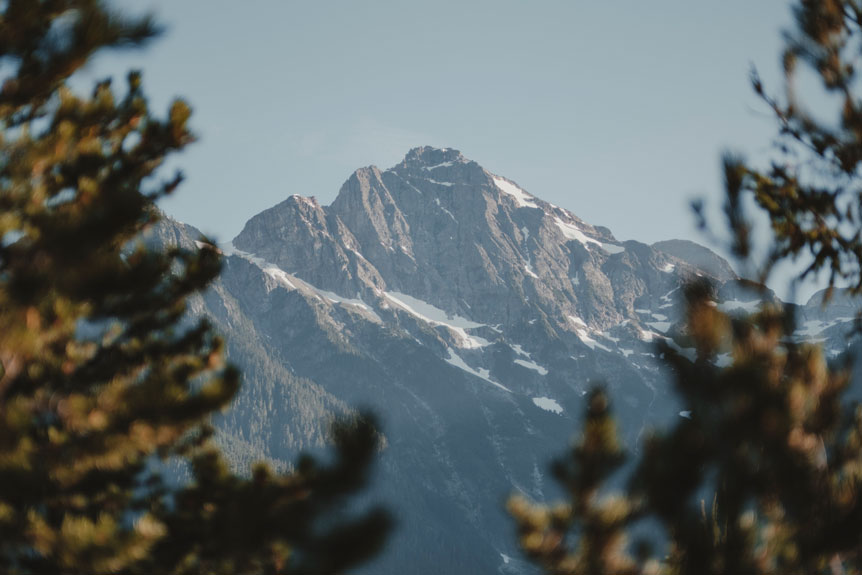
Photo © Mio Monasch | FUJIFILM X-T4 camera and XF50mmF1.0 R WR lens, 1/6400 sec at F1.0, ISO 200
Rebecca Gaal – Travel & Documentary
“Quality lenses last a lifetime if you’re using the same camera system. Therefore, while a great lens by itself can’t ensure a great photograph, I’d rather invest in good glass than the latest camera body.
“Different lenses help express different things in a scene. A close-up with a wide lens is great for my dog’s nose, but not a human’s nose. I also love wide lenses for expansive landscapes. On the other hand, a telephoto lens is ideal for birds in their natural habitat or any animal that you don’t want to bother. But for me, a standard zoom such as XF16-55mmF2.8 R LM WR is my go-to. I could easily use it for everything.
“Zoom lenses are ideal for a lighter kit, great for travel, and perfect for making images on the move. I prefer going out with only one camera and one lens so that I can focus on what I’m doing and not the gear. I want the lens to be an extension of what I’m trying to convey.”
Brandon Ruffin – Portrait
“It’s critical to know what your lens choice is going to do in how you present the subject and the emotional tone the presentation conveys alongside the subject. A wide-angle shot on XF16mmF1.4 R WR is going to provide a much different story than the same subject shot in the same environment with XF90mmF2 R LM WR.
“I make portraits every day and there is so much detail about a person’s life that is found in their face. I want to catch every detail, so for me a lens has to be sharp all the way to the edge. I also enjoy when a lens can pull a subject from the background with a really smooth transition between the two.”
Claire Rosen – Fine Art
“The lens has an important role to play. It will determine the way light is rendered, how much light hits the sensor, the depth-of-field, the clarity of the focus, and how the out-of-focus field appears, which can have an important impact on the viewer in subtle and subconscious ways.
“I look for fine detail where I want it and beautiful fall-off in focus, to create images that feel more like rich paintings than digital photographs, along with a shallow depth-of field that can yield a more dreamlike quality to the image.
“A lot of moving parts go into constructing an image; everything is done consciously and with intention. When all the elements come together seamlessly, the viewer forgets the fabrication and becomes lost in the narrative of the story. Creating these conditions for a viewer is the art of the photographer using all the tools at their disposal, including, critically, the camera lens.”
John Branch – Weddings
“Choosing a lens, in my opinion, sets the whole mood of the photo. Especially if you shoot mainly with prime lenses like I do. It dictates not only the areas around your subject and background blur, but also the overall feel of an image.
“For example, wider lenses are great for exaggerating features, as well as capturing action and dimension around your subject, which is great for groups of people or parties where a lot is happening. A longer lens, on the other hand, is great for separating your subject from the scene and really bringing that focus in on them.
“Your lens can totally change the composition and feel of an image. Whether it’s the compression of the background or how much of the surrounding area you’re capturing with your subject. The lens really makes the photo.”
Bryan Minear – Landscape
“I am very pragmatic when it comes to choosing gear. I need a lens to be multifunctional in order to consider adding it into my kit. For example, XF8-16mmF2.8 R LM WR is a phenomenal lens for shooting big and wide landscape scenes, but it’s also good at interior spaces and architecture. On top of that, the constant F2.8 aperture makes it really excel at astrophotography.
“In the same way, XF50-140mmF2.8 R LM OIS WR is probably my most-used landscape lens. I love ‘compressing’ a scene and nit-picking my compositions, but it’s also great for photographing the moon when paired with a teleconverter, and it’s also a wonderful portrait lens.
“I know for a lot of people, choosing which lens to shoot with ends up being a huge problem. But when you start to understand your gear and which lenses can be utilized for different things, it really begins to open up your creative process. And instead of thinking, ‘I see this scene in front of me, which lens do I want to frame it with?’, your mindset flips to, ‘I have an image in my head that I can achieve with this lens, now I need to go find it.’ But that all comes with time, experience, and knowing your gear.”
Explore the full range of FUJINON lenses here or visit your nearest FUJIFILM Authorized Dealer.











